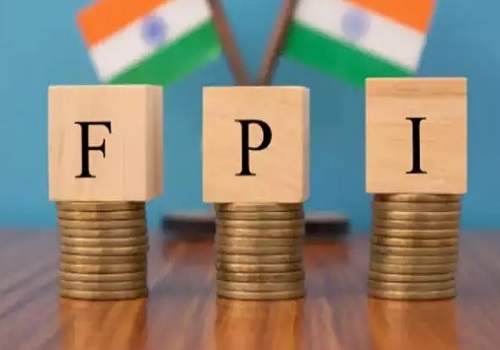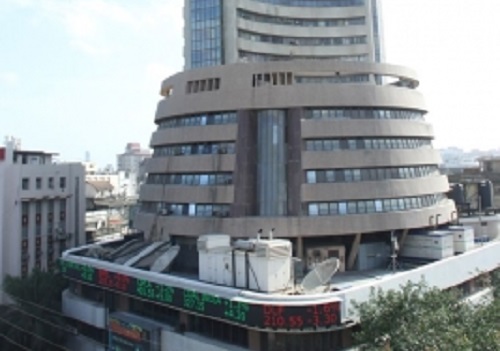Liquidity Relief

The past week saw two notable developments for liquidity and money markets.
One, RBI announced surplus transfer of Rs 87,416 crore to the Government of India. While within range of market expectations, this number was much higher than both last year's transfer as well as the amount assumed in the Union Budget for FY24.
Second, the central bank notified intention to withdraw Rs 2000 denomination bank notes from circulation. The notes remain legal tender and a window has been provided till September 30 to deposit these notes in bank accounts or exchange them for other denominations. As at March 31, 2023, the value of these notes in circulation is Rs 3.62 lakh crore constituting 10.8 per cent of notes in circulation.
Background
System liquidity has deteriorated over the past few months. As opposed to recent previous such episodes where the chief source of banking system liquidity strain has been large government cash balances kept with RBI, this time around the shrinkage has been 'genuine' and has been owing to a fall in core liquidity (headline liquidity adjusted for government cash balances, which is considered to be more durable liquidity).
A key reason for this has been seasonal rise in currency in circulation (CIC) which constitutes withdrawal of liquidity from the banking system. Thus CIC has cumulatively risen by approximately Rs 2.5 lakh crore for the current calendar year up to May 12.
Core liquidity has progressively fallen up to early April of the year. However, what is also noteworthy is that while seasonal CIC rise has continued into May, core liquidity has already started to get replenished; presumably on the back of active forex operations from the RBI.
However, the evolution of overnight rates has been less sanguine. Overnight rates have been anchoring around the penalty MSF rate rather than the repo rate for the past month or so.
While RBI's liquidity framework entails managing weighted average overnight rate, there appears to be an implicit element of 'tough love' at play. This is evidenced by somewhat reluctant use of liquidity infusion tools despite the anchor having moved to MSF rate for an extended period of time (14 day VRR was announced last week).
Also the argument couldn't have been around the risk of 'overdoing' it since the variable repo is a temporary and voluntary tool. Thus offtake here is need based and, if overnight rates fall too much, RBI can choose not to renew it.
The Relief
Market participants have been justifiably wary of the liquidity environment over the past month. However, as shown above, core liquidity had already started to turn substantially. This is now expected to get an additional fillip for the following reasons:
As per seasonality, the phase of CIC rise is over for now. From now till end September there is actually a degrowth in CIC to some extent, and then it picks up again with the start of the so-called busy season from October.
The RBI surplus transfer will add to liquidity. Since it comes on the heels of large government bond maturities of approximately Rs 1 lakh crore, it will likely not get locked up as surplus cash balances (government surplus will deplete on payment of bond maturities and then get replenished with RBI transfer, all other things remaining constant).
The withdrawal of Rs 2000 denomination notes will work largely through two channels: One, a large portion of this will likely get exchanged into other denominations. Thus there is no liquidity impact for this portion. Two, some portions will get deposited into banks. This component will directly reduce CIC and increase banking system liquidity. It is as yet quite unclear what this amount is likely to be. However, assuming a 20 - 30 per cent conversion rate into deposits, system liquidity should eventually go up by Rs 0.7 - 1.1 lakh crore, ceteris paribus.
Implications
It is likely that as system liquidity improves, the overnight secured rate starts to hover between SDF and repo, rather than the MSF rate at which it has been stubbornly stuck over most of the past month. This has already been happening for the past few days.
Furthermore, based on the factors analyzed above, and unless there is a large draw forthcoming on forex reserves, the market will be comfortable expecting the overnight rate to remain in the SDF - repo band for the next few months. Combined with the view that the policy rate cycle has peaked, this should lead to stronger demand for the front end of the curve. This should manifest in incremental steepening of the curve, especially given the aggressive flattening that has happened recently. Our preference remains for 3 - 6 year maturities on the yield curve and we expect these to do well relatively in light of these new developments as analyzed above. Demand for quality money market instruments should also turn robust with funding rate becoming more stable.
While the higher surplus transfer is also incrementally positive for the fiscal, there are still pressures lined up ahead on this count. For one, the fertilizer subsidy bill may be higher than budgeted by Rs 46,000 crore as per media reports. Also importantly, the nominal growth assumption in the Budget is likely to get undershot in our view given our more conservative assessment of growth for the year ahead. This will put some pressure on budgeted revenues.
















